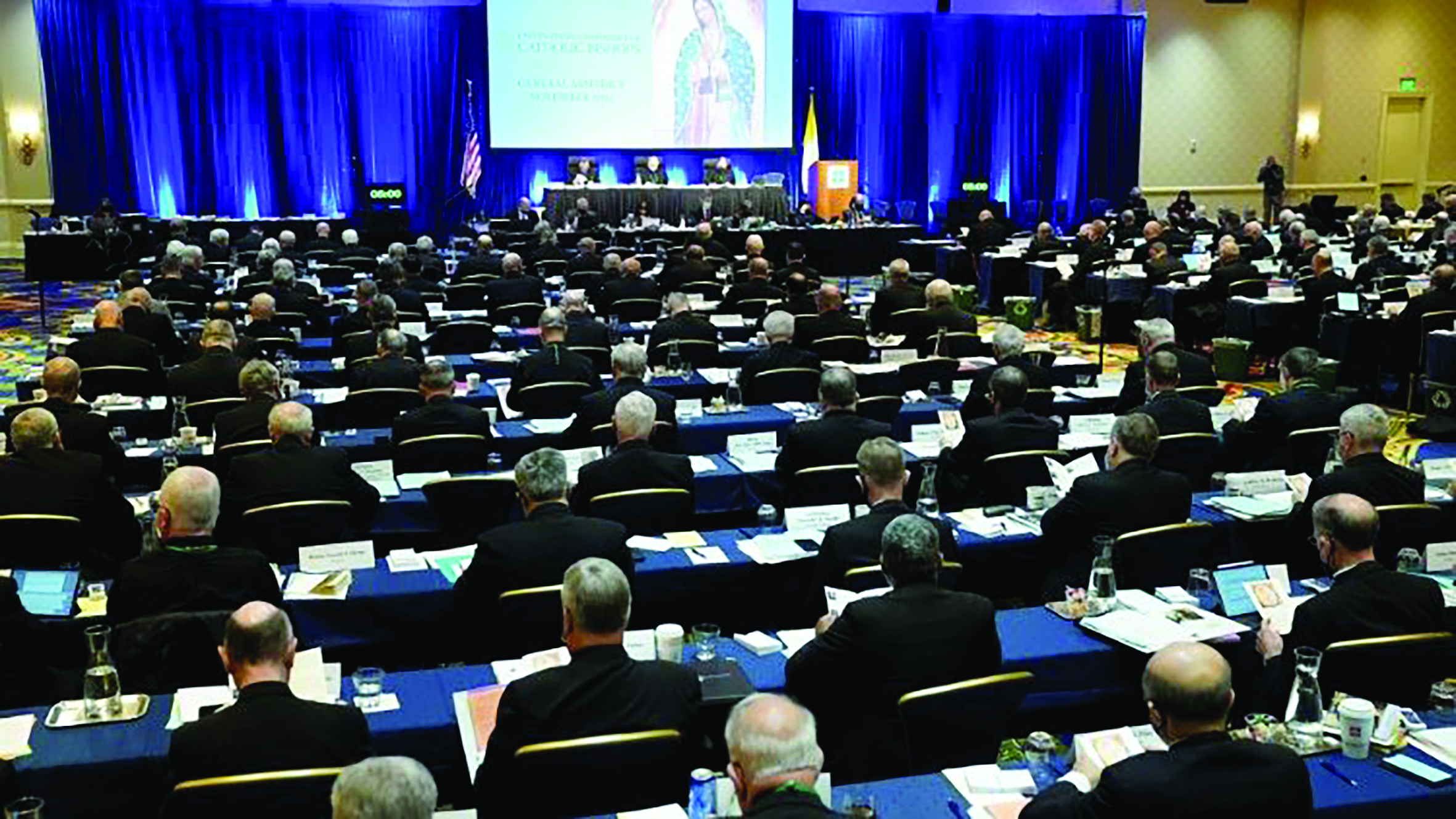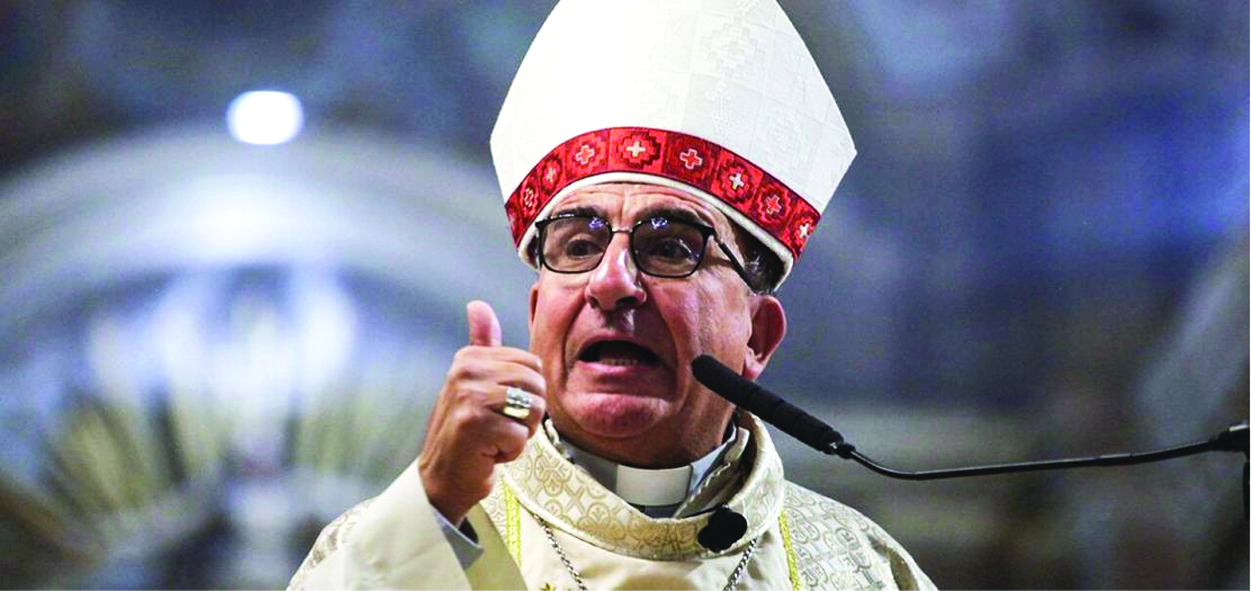The church, dedicated to the Virgin of Fatima, has arisen where Stalin’s regime imprisoned thousands…
In the heart of the ancient Russian Empire and the Soviet Union, in Karaganda (northern Kazakhstan), a work of art in the shape of a cathedral dedicated to Our Lady of Fatima was consecrated on Sunday, September 9, 2012. The new Cathedral of Karaganda is in great measure the work of an indefatigable bishop, Athanasius Schneider, auxiliary of Astana. Schneider labored for years to build a temple worthy of the tradition of the Church, of Our Lady of Fatima, and as a memorial to the victims of Communism.
Present at the consecration with Bishop Schneider was Cardinal Angelo Sodano from Rome. Here are excerpts from a recent interview with Schneider:
What is the historical and spiritual meaning of the construction of this cathedral at Karaganda?
Bishop Athanasius Schneider: The first reason was this: to have a cathedral in a more dignified and visible place. Up until now, the diocese of Karaganda used a building built in the time of persecution, and this building is on the outskirts of town and not exteriorly recognizable as a church.
A cathedral in a more central place, built in an unmistakably Catholic tradition, that is, in the Neogothic style, will be a silent, yet also potent, sign and means of evangelization in a region where Catholics are about 1% or 2% of the population, where the majority of the inhabitants are Muslims, and where there is a strong Orthodox minority. Moreover, a considerable part of the population does not belong to any religion; they are people in search of God.
The historical and spiritual meaning also has this dimension: the new cathedral is a sacred place for the remembrance of the countless victims of the Communist regime, since there was around Karaganda one of the largest and most terrible concentration camps of the Gulag, in which people from 100 different ethnic groups suffered.
At the same time, the new cathedral will also be a shrine for prayer to expiate the crimes of the atheistic and Communist regime.
Could you explain to us the spiritual and theological meaning of the paintings you had done for the crypt?
Schneider: I wished to express in the cathedral, in a deeper way, the mystery of the Most Holy Eucharist, because the Eucharist [is what] spiritually builds up the Church, the Eucharist makes the Church live continuously up unto the end of time.
The true foundation of the Church is the Eucharist. For this reason, I placed in the crypt, almost at the foundation of the cathedral, a cycle of 14 images on the Eucharist, in an analogy with the 14 stations of the Via Crucis of the main nave.
The entire Sacred Scripture announces Christ made flesh, made man, to us. Christ made himself Eucharist, he left to us really his flesh, truly and substantially present in the Eucharistic mystery. In a certain sense, we can say: the entire Holy Writ announces Christ to us in the mystery of the Eucharist.
I have chosen the most widely known eucharistic images in Sacred Scripture, that is, the most widely known eucharistic symbology: the sacrifice of Abel, the sacrifice of Melchisedech, the sacrifice of Abraham, the Paschal Lamb, manna in the desert, the food given to the Prophet Elijah on the path to the mountain of God, the Temple in Jerusalem, Bethlehem as “the house of bread,” the miracle at the wedding at Cana, the multiplication of the loaves, the Eucharistic speech in the Gospel according to John, the Last Supper, Emmaus, and the Lamb in the Heavenly Jerusalem.







Facebook Comments